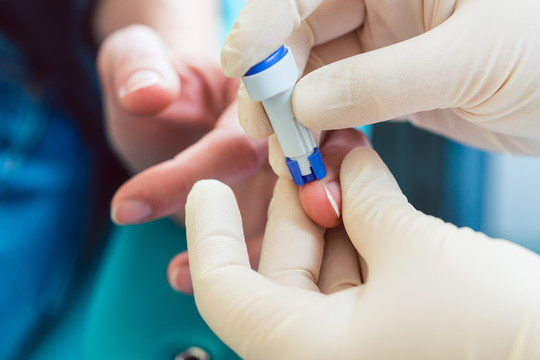Hypertension
Hypertension, commonly known as high blood pressure, is a chronic condition characterized by persistently elevated arterial blood pressure. Often referred to as the “silent killer,” it frequently presents without symptoms but poses significant risks to overall health.
Key Points
- Hypertension is a major risk factor for cardiovascular diseases, stroke, and kidney dysfunction.
- It is categorized as essential (primary) or secondary hypertension.
- Lifestyle factors, aging, and certain medical conditions contribute to its development.
- Effective management includes lifestyle modifications and medical interventions.
Causes and Risk Factors
- Essential hypertension:
- Accounts for 90% to 95% of cases.
- No specific underlying cause; influenced by lifestyle and genetic predisposition.
- Secondary hypertension:
- Caused by identifiable factors such as chronic kidney disease, endocrine disorders, or medication use (e.g., birth control).
- Lifestyle factors:
- Excessive dietary salt, obesity, smoking, alcohol consumption, and physical inactivity.
- Other contributing factors:
- Aging, insulin resistance (metabolic syndrome), depression, and possibly sugar intake.
- Unclear roles of caffeine and vitamin D deficiency.
Complications of Hypertension
- Cardiovascular diseases:
- Coronary artery disease, heart failure, atrial fibrillation, and peripheral vascular disease.
- Neurological complications:
- Stroke, vision loss, and dementia.
- Renal complications:
- Chronic kidney disease and hyperuremia.
- Other complications:
- Increased risk of metabolic syndrome and endocrine dysfunctions.
Diagnosis and Classification
- Blood pressure measurement:
- Systolic pressure ≥140 mmHg or diastolic pressure ≥90 mmHg.
- Ambulatory or home blood pressure monitoring for accurate assessment.
- Classification:
- Normal: <120/80 mmHg.
- Elevated: 120-129/<80 mmHg.
- Hypertension Stage 1: 130-139/80-89 mmHg.
- Hypertension Stage 2: ≥140/90 mmHg.
Management Strategies
Lifestyle Modifications
- Dietary changes:
- Reduce salt and sugar intake; adopt the DASH (Dietary Approaches to Stop Hypertension) diet.
- Increase consumption of fruits, vegetables, and whole grains.
- Physical activity:
- Regular aerobic exercise (e.g., walking, cycling) to improve cardiovascular health.
- Weight management:
- Achieve and maintain a healthy weight to reduce blood pressure.
- Stress management:
- Techniques such as mindfulness, yoga, and relaxation exercises.
Medical Interventions
- Antihypertensive medications:
- Diuretics, ACE inhibitors, calcium channel blockers, and beta-blockers.
- Monitoring and follow-up:
- Regular blood pressure checks and adherence to prescribed treatments.
Challenges and Future Directions
- Challenges:
- Addressing global disparities in hypertension awareness and treatment.
- Overcoming barriers to lifestyle changes and medication adherence.
- Future directions:
- Advances in personalized medicine for tailored hypertension management.
- Integration of digital health tools for monitoring and education.
Patient and Public Education
- Raise awareness of the risks and complications of untreated hypertension.
- Encourage regular blood pressure monitoring and early intervention.
- Promote healthy lifestyle choices to prevent and manage hypertension.
Hypertension remains a significant public health challenge, but with effective management and preventive strategies, its impact on global health can be mitigated.







